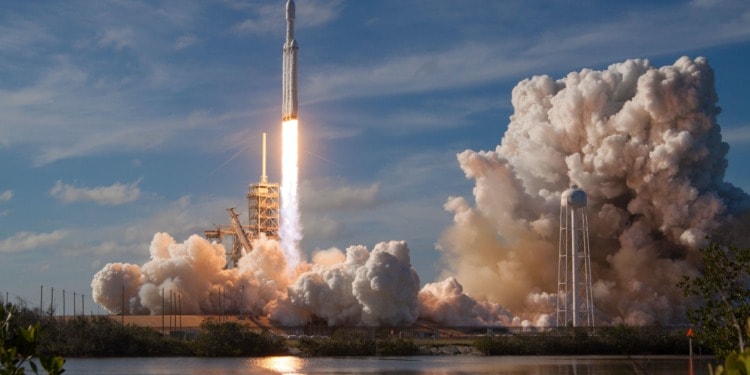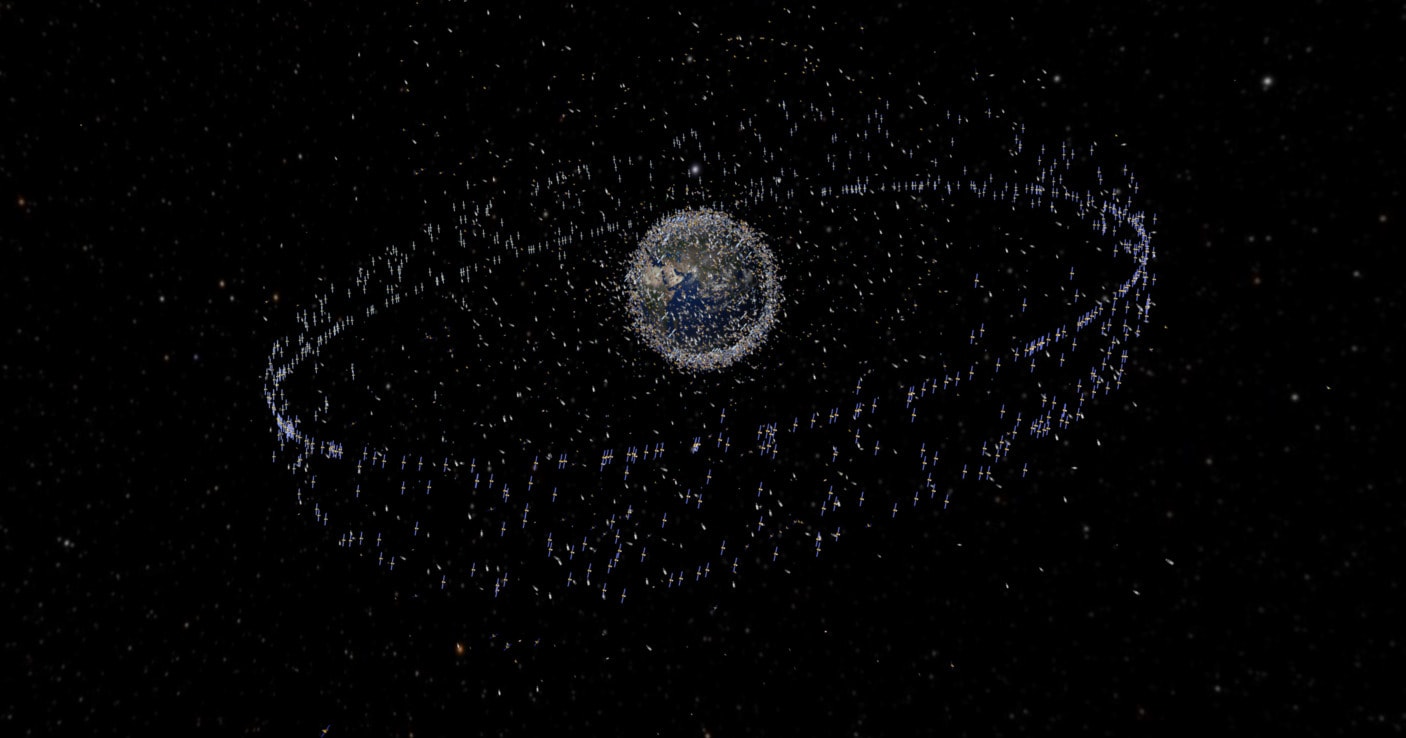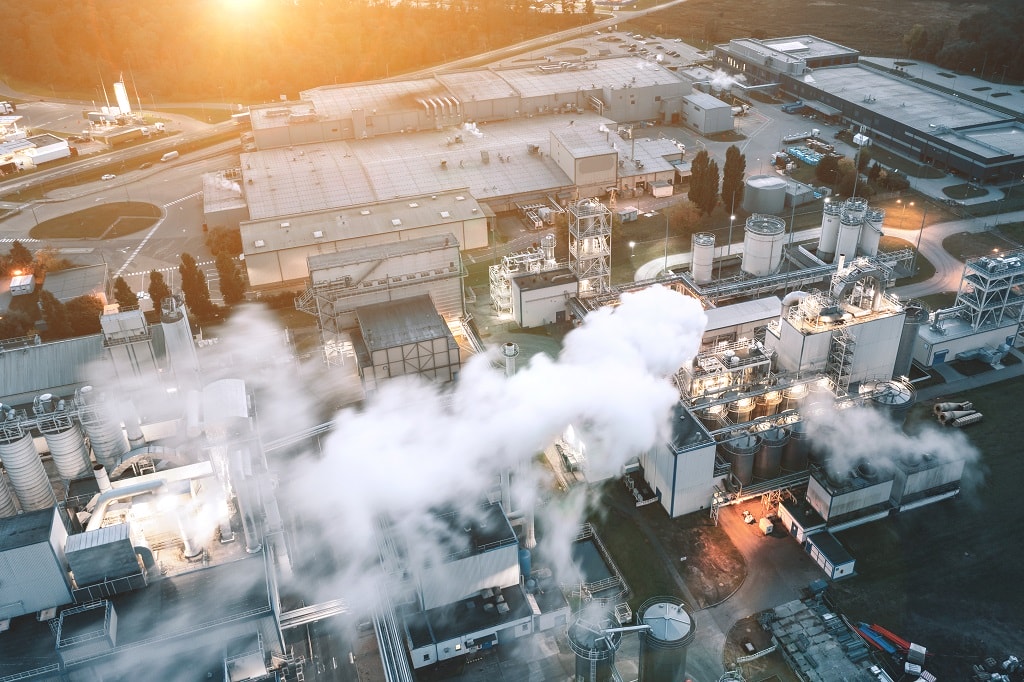In April 2023, the world witnessed SpaceX’s Starship rocket explosion just minutes after liftoff from its Boca Chica launchpad in South Texas. This explosion raised critical questions about the environmental impact of space exploration.
In this article, we’ll delve into the aftermath of this unprecedented incident, exploring the extent of the damage incurred and the environmental consequences it has brought to light.
The SpaceX Explosion
Elon Musk’s SpaceX Starship rocket, designed to be a symbol of innovation and progress, embarked on an uncrewed test flight. However, within minutes of liftoff, the world was left in awe and disbelief as the rocket met a fiery fate, failing midair.
Approximately 30 rocket engines firing at full power during liftoff generated a force that left a lasting impact on the launchpad site. This explosive event resulted in a major debris field that stretched across the ground, raising concerns among environmentalists.
Environmental Damage Assessment
The sheer force unleashed by these powerful rocket engines propelled concrete chunks with unparalleled might, creating craters up to a foot deep and dispersing debris across the once-pristine tidal flats. This force also ignited a fire that devoured nearly four acres of the adjacent state park, painting a grim picture of the immediate ecological consequences.
Tragically, SpaceX’s rocket launch explosion led to the incineration of seven bobwhite quail eggs and a collection of blue land crabs, profoundly impacting local wildlife. Experts from the Fish and Wildlife Service, tasked with assessing the environmental damage, were left astounded as concrete chunks were discovered miles away, highlighting the underestimated reach of the rocket launch.
RELATED ARTICLES: A Giant Leap for India: Chandrayaan-3 Spacecraft Reaches the Moon | Solar Power From Space: How Would It Work? | All The Way From Space To Earth: Caltech’s Project Leads the Race in Space-Based Solar Energy
The Environmental Impact of Private Space Exploration
The repercussions of the SpaceX explosion extend far beyond the immediate devastation. This incident serves as a stark reminder of the environmental challenges that accompany the rapid growth of private space exploration. Boca Chica, Texas, is just one example of the ecological sensitivity of areas near spaceports.
The Federal Aviation Administration (FAA), the agency responsible for granting Musk’s company the license for the Starship launch, has initiated a rigorous “mishap” investigation in response to the explosion, as mandated by law. This investigation has temporarily grounded the rocket until SpaceX identifies the root cause of the failure and implements necessary corrective measures. However, questions linger about whether the existing regulatory framework for commercial spaceports needs to be more stringent to safeguard the environment.
Environmental advocates have scrutinized SpaceX’s explosion. Evidence shows that comprehensive environmental impact studies should precede launches in ecologically sensitive regions like Boca Chica. Additionally, the force generated by heavy rocket engines such as SpaceX’s can disrupt local ecosystems. The craters and debris left behind can alter natural landscapes and potentially disrupt the habitats of native species. As private space exploration expands to different launch sites around the world, these ecological concerns become increasingly relevant.
This incident underscores the need for transparency and public engagement in the decision-making processes surrounding commercial spaceports. Public sentiment toward private space exploration can be significantly influenced by incidents such as this, underscoring the importance of responsible practices and robust regulatory oversight.
Photo of the debris field including the burned land after the April SpaceX rocket explosion, via the US Fish and Wildlife Service pic.twitter.com/fX4gLbP3Tv
— Vincent Lee (@Rover829) August 25, 2023
Broader Implications
The SpaceX explosion over Boca Chica, Texas, serves as a cautionary tale, emphasizing the critical importance of environmental stewardship in the wake of private space exploration initiatives. As the private sector continues to grow, similar incidents may have widespread and enduring environmental ramifications. It is incumbent upon the industry and regulatory authorities to strike a delicate balance between technological advancement and ecological responsibility.
Public engagement and advocacy play a crucial role in holding private space companies accountable. Awareness of the potential consequences, as seen in the aftermath of the SpaceX incident, can drive demands for more stringent regulations, thorough environmental impact assessments, and transparent decision-making processes.
Beyond the initial shock and awe, it is the environmental aftermath of SpaceX’s crash that calls for reflection. The explosion may have been a paradoxical “successful failure” for the company, but it should serve as an enduring reminder for the aerospace industry and the world at large. In our relentless quest for space exploration, we must never lose sight of our responsibility to safeguard the fragile planet we call home.
Editor’s Note: The opinions expressed here by the authors are their own, not those of Impakter.com. — In the Featured Photo: SpaceX rocket launch. Featured Photo Credit: Unsplash














